It has always surprised me what little interest the general public has in architecture. We watch shows such as Room to Improve and Grand Designs in our droves, and most readers of the Property pages are looking to drool rather than buy; but truth be told, we tend to care more about interiors than the architecture itself.
Perhaps that’s not so odd. Most people will splash out on new kitchen cabinets and kettles, tins of paint and rolls of wallpaper over the course of their lives; but fewer will be able to buy the home of their dreams, much less commission an architect to design one.
One of the most important questions about a building is, how does it make you feel?
That tends to leave architectural discussions to those who like to speak of cantilevers and typologies, building envelopes and fenestration, nudging the rest of us out of the conversation, leaving everyone all the poorer for it.
For Yvonne Farrell and Shelley McNamara of Grafton Architects, architecture is vital to our wellbeing, and they are passionate about getting more people involved. "One of the most important questions about a building is, how does it make you feel?" McNamara says, when we talk over Zoom.
The day after we speak, the pair were due to travel to Barcelona to collect yet another international award, this time the ultra-prestigious European Union Prize for Contemporary Architecture, the Mies Van der Rohe Award. Grafton's £50 million Town House for Kingston University in London – which includes the university's main library and archive, dance studios, a theatre, adaptable learning spaces, and two cafes – was chosen from a list of more than 500 works, from 41 countries. McNamara and Farrell are the first Irish architects to win the award.
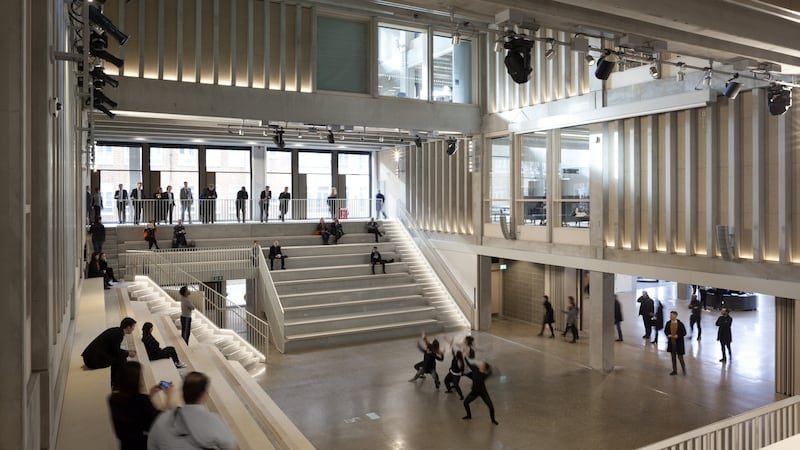
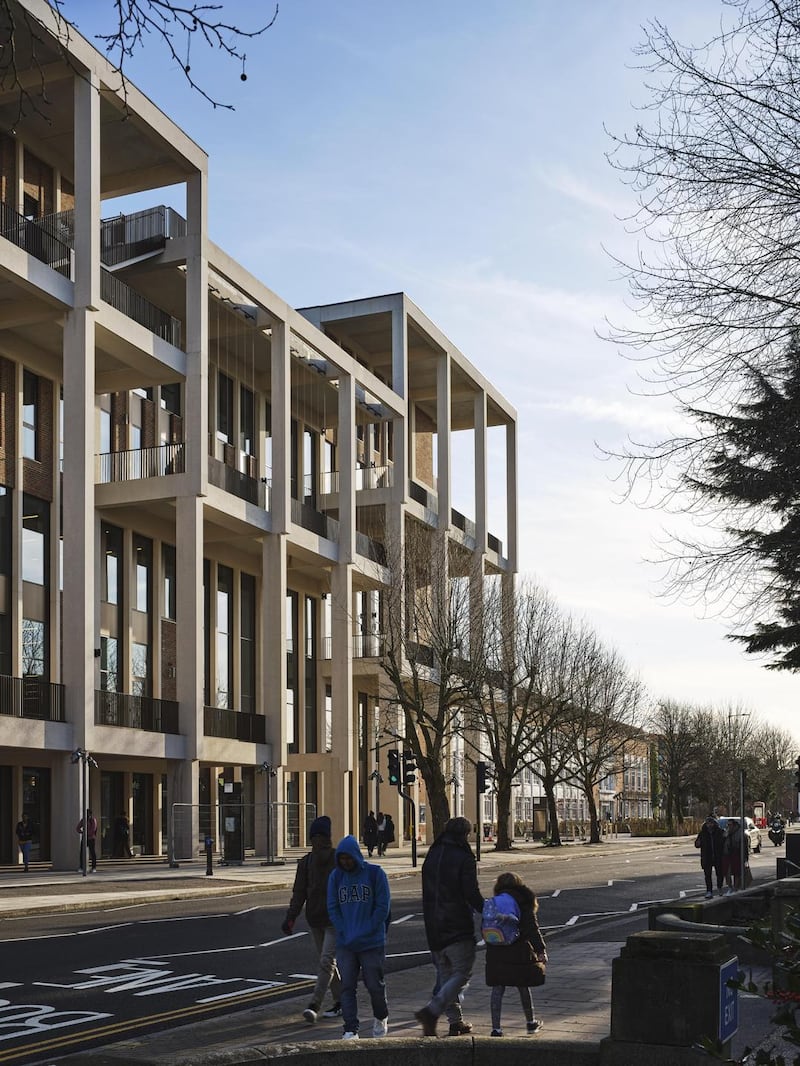
Congratulatory emails and calls have been flooding in. “Have you seen it?” asks Farrell, although what she really means is have I experienced the building, rather than simply looked at the pictures. There is a huge difference. “Architecture is bodily experienced,” adds McNamara. “Drawings don’t describe it.”
She’s right. We can appreciate beautifully composed images of buildings, where shafts of light illuminate artfully placed items or epic empty spaces, but pictures can’t connect you to the feeling of being inside a building, on a street or in a city square. Farrell, McNamara and their team pay attention to these feelings, spending as much time and thought on the emotional response as they do on the structures themselves.
In their work, which has won almost every award possible – including the RIBA Royal Gold Medal and the 2020 Pritzker prize, regarded internationally as architecture's highest honour – architecture ranges from motorway bridges to private screening rooms, social houses to university buildings, schools to government buildings and city squares. Architecture is the home you live in, the streets you walk, the shapes of buildings and the path of light in between. It's the height of a window, the depth of a doorway, and while it can also be an epic overhang or a dramatic balcony, more frequently it's to do with understanding of space at a human level.
Earlier this week, the pair received the Daylight Award for Architecture, presented to architects who distinguish themselves for their unique use of daylight in their designs.
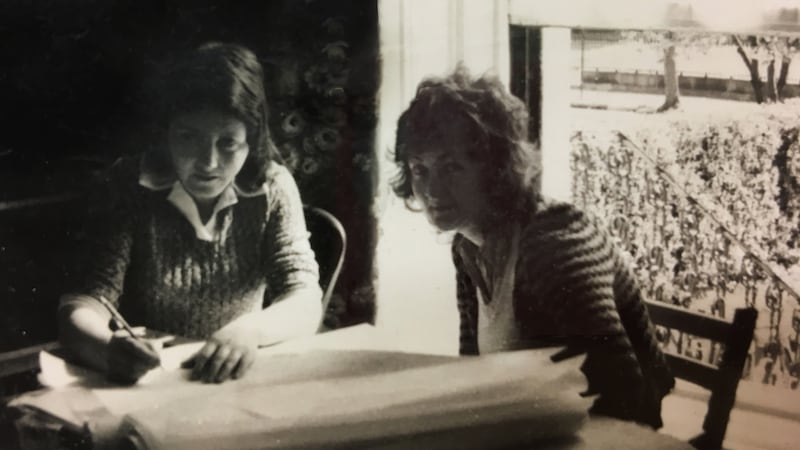
“One of the biggest tasks of architects is to make spaces that bring people together happily,” says McNamara. Because of Covid, we are on Zoom rather than in their charmingly chaotic offices just off Dublin’s College Green. The impression of chaos is misleading: it’s actually incredibly neat and well-ordered. But the profusion of papers, books, references, computers, cutting boards and models has, on previous visits, rather overwhelmed me.
On my last visit in 2019, large photographs of the Skelligs were tacked up next to images of Machu Picchu. These were references for a campus for the University of Engineering and Technology in the Peruvian capital, Lima. "It might seem presumptuous," McNamara said at the time, "to relate Peru to Ireland, but we were thinking about the climate and the geography, and there were connections." That sense of connection has led Grafton, which was established in 1978 and named for its first offices above Weir's of Grafton Street, to work on sites around the world – from Limerick to Lima, Ballinasloe to Dublin, Milan, London and beyond.
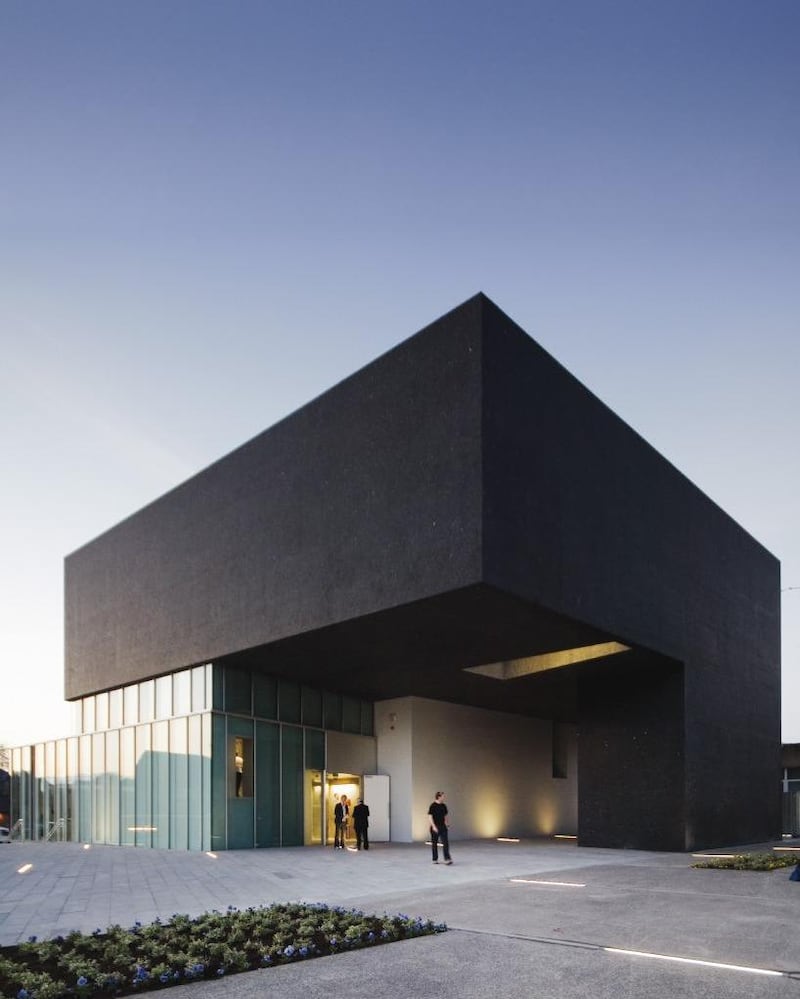
As we talk, they are generous in their praise for other Irish architects. In a profession otherwise noted for its competitive nature, Irish architects can be remarkably collegiate. Farrell and McNamara mention a talk by John Tuomey of O'Donnell + Tuomey, praise a book by the late and much-missed Niall McCullough of McCullough Mulvin, and pause to consider Free Market, the Irish pavilion exhibition at the Venice Biennale in 2018 put together by a collective of young Irish architects, the same year Grafton became the first Irish architects to curate the overall exhibition.
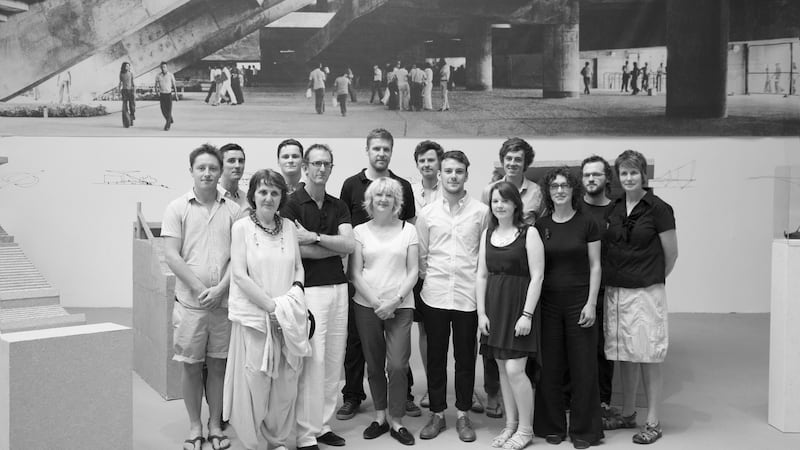
Free Market, like Valerie Mulvin’s recent book, Approximate Formality, invited us to reconsider the potential of Ireland’s rural towns. To have a conversation with Farrell and McNamara is to become flooded with cross references and wonderful ideas, which suddenly seem both urgent and achievable. “We need a change of mindset, a cultural change,” says McNamara, who is particularly critical of the Irish procurement system that prevents many firms, Grafton included, from getting more chances to build here.
"We were lucky," she says. "As young architects we were given the opportunity to design schools for the Department of Education. Then the policy changed, and we didn't have access to schools projects for 15 years or more." I pause to think of the potential opportunities for those places for learning, lost. Grafton is now doing a school again, the first for many years, at Grange Gorman, as well as working on a social-housing project for Dublin City Council on Constitution Hill.
The way you make a front door or an entrance is how people can feel safe, or have a sense of ownership
“We’re not magicians,” says McNamara, “but to make a space for community, to make a place that has the subtlety of thought, is something we’re interested in. The way you make a front door or an entrance is how people can feel safe, or have a sense of ownership. Small things can make such a big difference.”
Talking about home and schools brings us to their own childhoods. Farrell grew up in Tullamore, and remembers walking to school by the canal, and over a humpback bridge. "The first school I went to was brand new. I remember the parquet floors, the terrazzo, the tall windows looking south, the pebbledash walls, they were beautiful," she says, her voice full of fondness at the thought.
McNamara was born in Lisdoonvarna, and walked up the Sulphur Hill every day on her way to school. "I'd meet the farmers, coming down to drink the sulphur water." Her father was a builder (her older brother is property developer Bernard McNamara), and she describes her interest in architecture as coming from a family tradition. "Once you get into it," she told me once, "you're hooked."
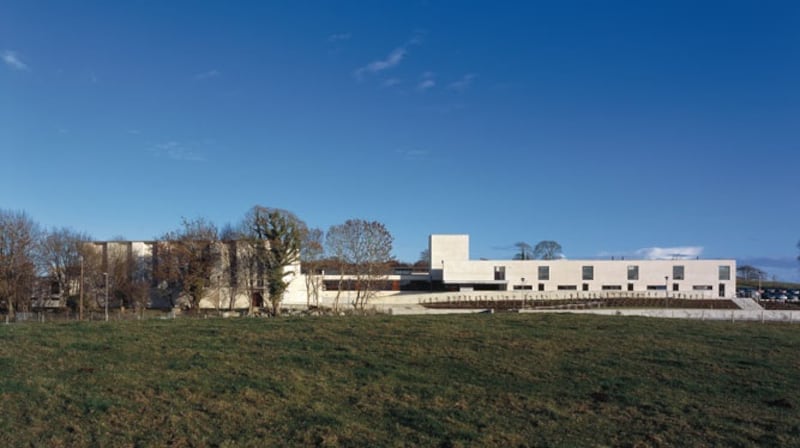
After meeting at the UCD School of Architecture, the pair left for separate jobs, but returned to Dublin after a year to set up Grafton, with Shay Cleary, Frank Hall and Tony Murphy. Farrell had found an apartment on Grafton Street but McNamara immediately saw its potential as a studio for the new practice. As they reminisce, I wonder how the working relationship endures. They are both strong-minded, and don't always agree.
They are a serious but entirely likeable pair; they don’t do that “anxious to please” thing so many of us fall prey to. I had been going to ask how they stay grounded amid all the accolades, but the idea of them running away with themselves seems faintly ridiculous. Farrell has the lighter tone. McNamara weighs her words, thinking and caring deeply about the subject matter at hand.
They both have an incisive intelligence that tends to leave me feeling flippant, even when I’m putting my best foot forward. It’s a question of register, rather than any intention to overbear. Often, when one or both have picked up on something I’ve said, turning it around to discover something interesting within, I feel as if I’ve made a special achievement.
I wonder whether such a level of intensity comes from battles hard won. It can’t have been easy carving out a practice headed by two women in the Ireland of the late 1970s.
Despite the fame of the late Iraqi-born Zaha Hadid and the American Denise Scott Brown, architecture has been an almost entirely male-dominated, and frequently macho profession. You only have to think of Charles-Édourad Jeanneret, who liked to call himself Le Corbusier, striding around naked, painting murals on the previously beautifully spare walls of Eileen Gray's house, E-1027 in the south of France.
The judges of the Pritzker prize described Farrell and McNamara as “pioneers in a field that has traditionally been and still is a male-dominated profession; they are also beacons to others as they forge their exemplary professional path”.
“We have enough common ground,” says McNamara of the Grafton relationship, “that we can find the areas of agreement without compromise. We don’t want to dumb each other down. But we’re also part of a bigger collective. Architecture is collaborative. We work together to find the best route forward.”
“The energy has to go into finding the solution,” agrees Farrell. “It’s a commissioned art. What we love about the collective nature of it is that you hear the voices of the other people, the client, the team, it’s like an embryo that’s not formed. You hear other voices, like a tumble dryer kind of process.”
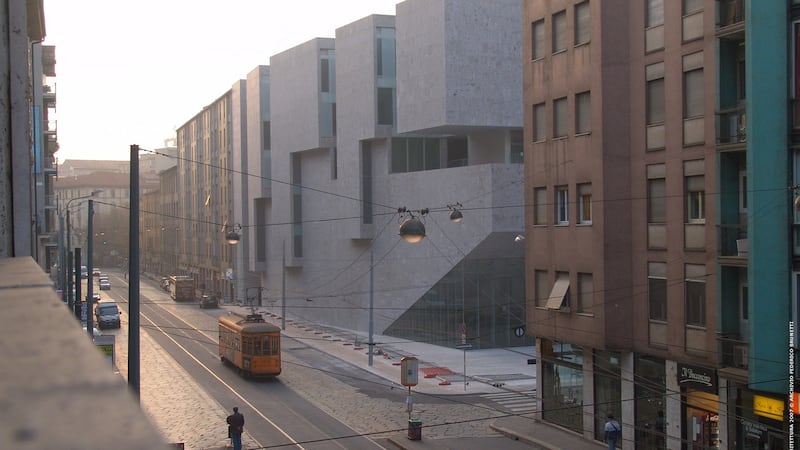
“Or a distillation,” suggests McNamara.
I suggest that those different ways of seeing it are a key to the pair’s different thought processes. And I wonder how much that collegiate way of working, and respecting opinions, is a gendered thing.
“Maybe there’s a piece of truth in that,” says Farrell, going on to consider the difference between seeing architecture as a platform for life, rather than as a series of significant objects. Is that a female thing? “I don’t know,” she says. “Maybe it’s learned behaviour, or maybe it’s a human characteristic. Some people are hungry to hear the views of others. Others less so.”
“I think the male/female discussion confuses things,” says McNamara firmly. “It’s not a gender issue, it’s a humanism that is at the core of good architecture.”
It's crazy there aren't more female architects being recognised
Still, the growing presence of women in the upper echelons of the professions does allow for a broader expression of humanity to be present. Farrell agrees: “There are statistics that show the inclusion of women in business allows other values to percolate more strongly. Women do bring something, another layer if you like, that is sometimes suppressed.”
“It’s crazy there aren’t more female architects being recognised,” adds McNamara. Was that something, I ask, that affected their own path starting out? “No,” she says. “We were lucky, it didn’t affect us. We were never obstructed from doing what we wanted to do, and if we were discriminated against, we didn’t notice!”
As we talk, I’m aware of their Zoom backdrops, bookshelves in the case of McNamara; a window to a leafy garden for Farrell. I ask them if the cliché, that an architect’s own home is never finished, is true in their own cases? “That’s an understatement,” laughs McNamara.
“One of the things that is wonderful, to be alive over decades,” says Farrell, “is you observe the power of simplicity. I live around a little square, and generations of young children are still dragging branches and making funny things on the green from wood and leaves. Rather than everything being designed, you want to leave space for generations of imagination to grow.
“Architecture is not about style,” she continues. “It’s not about having the perfect kitchen or whatever. It’s a loving place where you feel at home. There’s too much pressure on design, you know, that you have to have the latest thing. That’s not a home. Architecture is also how things are joined together, it’s a societal thing.”
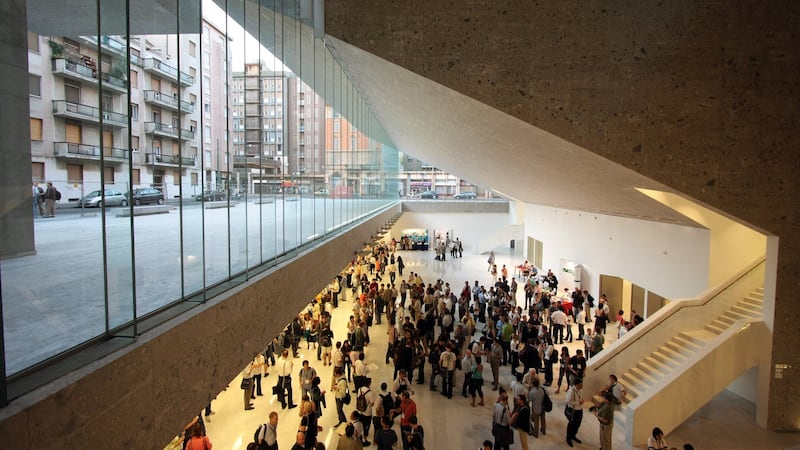
“That’s the nature of architecture,” agrees McNamara. “It’s to do with immediate pleasure, but it’s also to do with the strategic understanding of community and society.” By now, the pair are adding to, and amplifying each other’s ideas, and I start to imagine what it must be like to be in a creative session with them and the team.
“As a nation, we have the architects who can make the Ireland of the future,” says Farrell. “But we need access, and the respect that we can do it. We can’t do it if we’re excluded.”
So what’s next? They are currently working on reimagining the Crawford Gallery in Cork, as well as other projects in Ireland, and around the world. They also have a hectic international teaching schedule. The team at Grafton would also love to see the Mies Van der Rohe Prize exhibition of their work coming to Ireland, so that people here can experience it. I really think it should, too.
Five buildings from Grafton Architects
Temple Bar Square, 1996
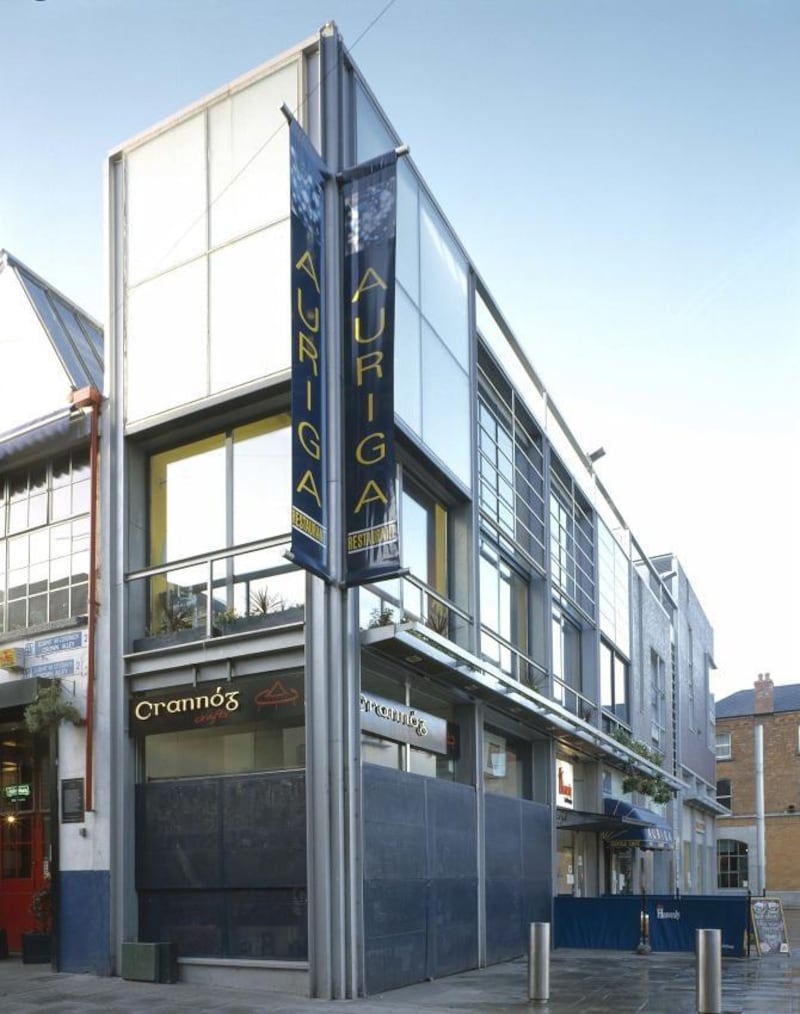
Nestled up to the Bad Ass Café, Temple Bar Square and the buildings that abut it were Grafton Architects’ contribution to the Group 91 plan for the redevelopment of the area as a cultural quarter. Grafton’s Square is the central gathering place, holding the area together. “We had hoped 20,000 people would be living in that section,” says McNamara. “But then other pressures, the forces of economics created the mega-pubs. There has to be a policy to hold the tide of the economics of a city.”
Denzille Lane Private Cinema and Apartments, 1999
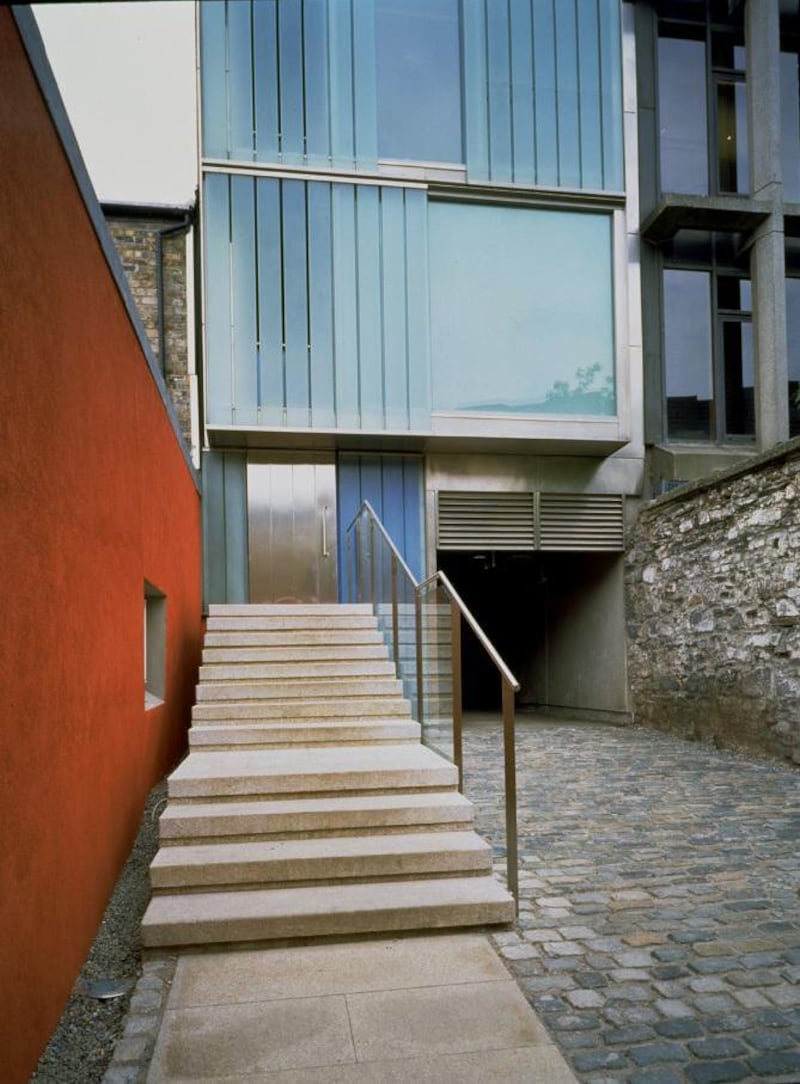
At a time when huge chunks of Dublin were being left to lie neglected and unloved, the Denzille Lane project between Holles Street and Fenian Street proved how you could knit small moments of joy into the city fabric, in a process Farrell describes as “stitching and repairing”. It also shows how clever use of space lets you pack an awful lot of living onto a very small site, and is a masterclass in getting light in at every level – except in the cinema itself, of course.
The Long House, Dublin, 2001
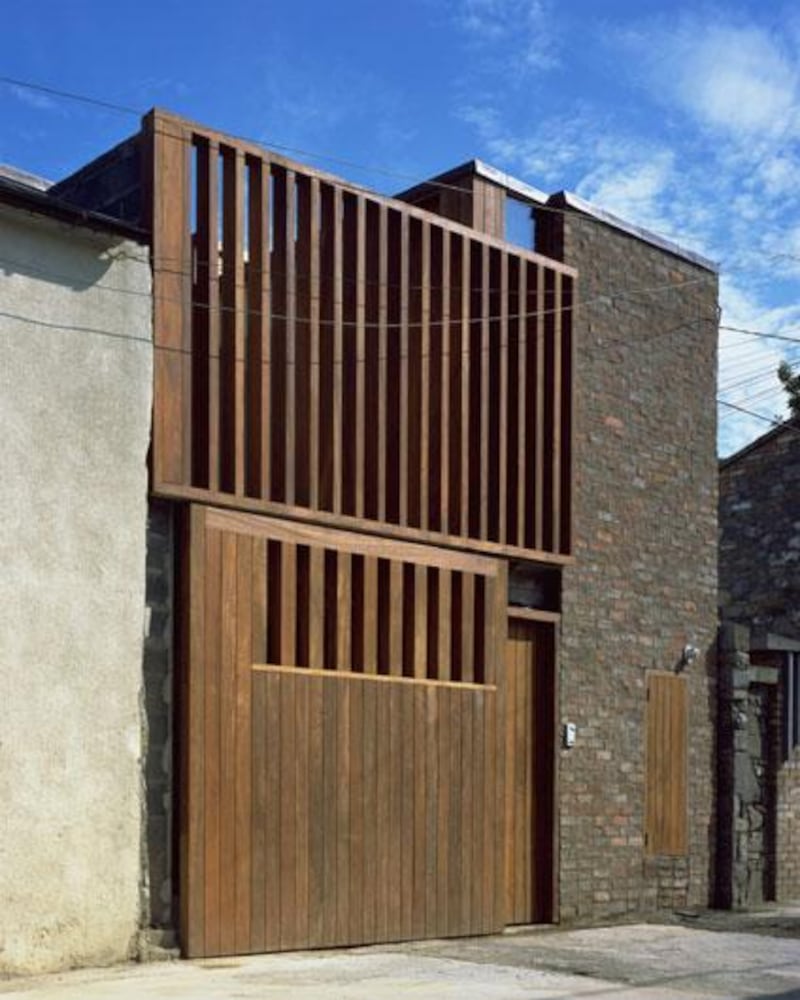
Another small site – just 6.5m x 20m – this canal-side house in the heart of Dublin demonstrates how thinking differently about space gives you a beautiful medley of inside and outdoor rooms, so you’re always aware of nature, even as you’re being stylishly cocooned. The Long House also lets its materials sing – timber and polished concrete never looked so good.
Loreto Community School, Co Donegal, 2006
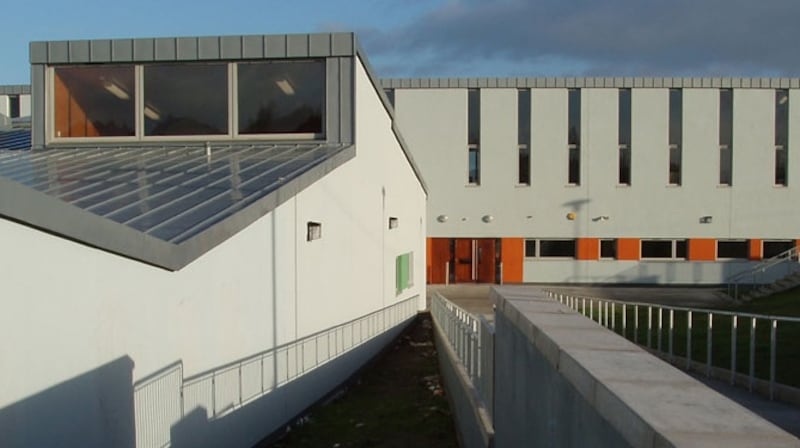
Similar in size to the original town of Milford, the school is on a sloping site, overlooking playing fields, and exposed to the Atlantic winds. The building shelters outdoor spaces, echoing the idea of a town or village, with a “main street” and quieter areas. “Children’s first experiences of architecture are had when coming to school,” says Farrell.
Universita Luigi Bocconi School of Economics Milan, Italy, 2008
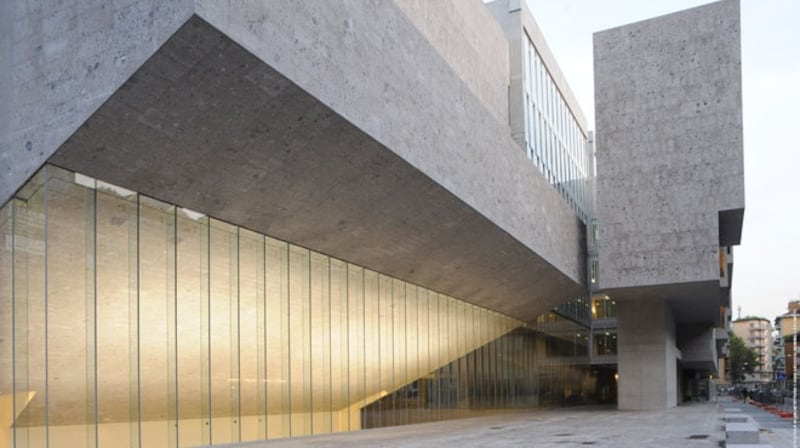
This was winner of the World Building of the Year, among numerous other accolades. Farrell and McNamara imagined the project along the lines of the old-fashioned market place – somewhere to meet and exchange; although in this case, the exchanges are of ideas. Asked for research offices for 1,000 professors with conference facilities for 1,500 people, Grafton went a step further to allow the life of the city to enter, and meet the world of the university.
And one that got away . . .
Even as the accolades come in, so too - earlier this year - did the news that Dublin City Council had terminated the design team’s contract for the City Library at Parnell Square, which had been headed up by Grafton Architects, alongside Shaffrey Architects. According to the Dublin City Council website, “the fee proposed was unacceptable”. McNamara says that while they’re very sad about the outcome, they can’t discuss it for contractual reasons. Someone should be kicking themselves. What a missed opportunity for the city.



















